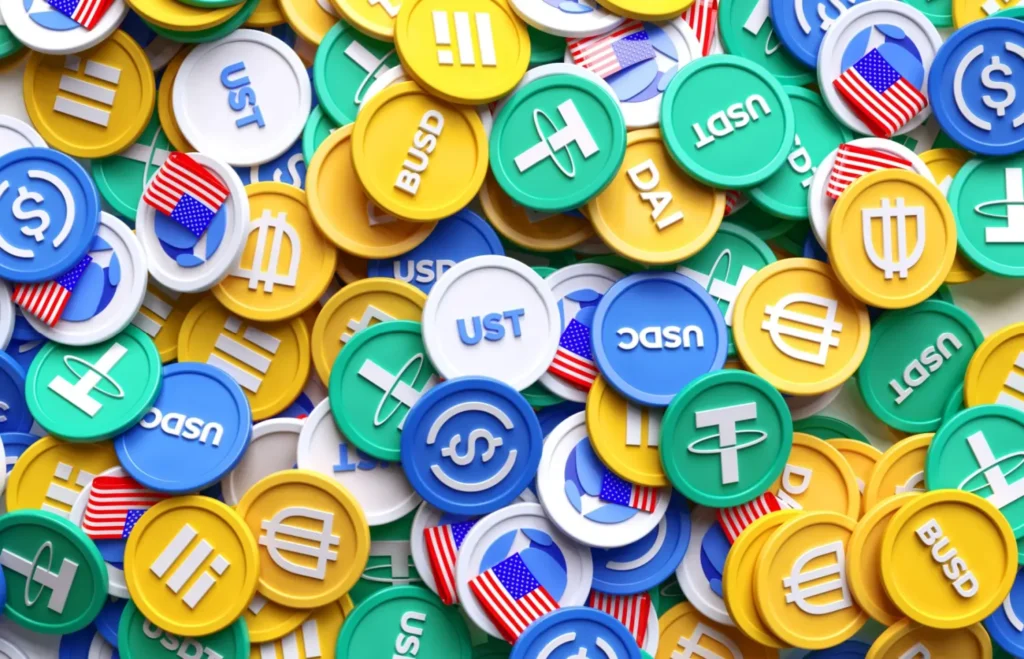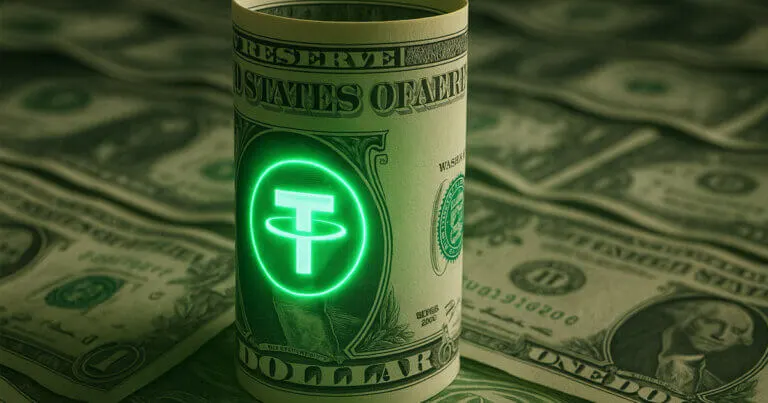Why Thai Investors Are Quietly Switching to Stablecoins in 2025
Let’s talk about the elephant in the (crypto) room—Stablecoin Thailand 2025 is becoming more than just a keyword. It’s a trend. And not just among tech nerds or crypto bros. Everyday Thai investors—retirees, freelancers, even small business owners—are starting to park their money in stablecoins like USDT and USDC.
Sounds a little unexpected? Maybe. But when you zoom out and look at what’s happening, it starts to make a whole lot of sense.

Why Stablecoins? Why Now?
First, some context. Thailand’s economy has had a bit of a bumpy ride post-pandemic. Inflation’s been stubborn, and while the baht isn’t collapsing by any means, it hasn’t exactly inspired confidence either.
And crypto? Well, it’s matured. In 2021, it was all hype and moonshots. But in 2025, it’s infrastructure. It’s finance. And stablecoins? They’re the new digital dollars.
USDT and USDC give Thai investors a way to hedge against currency swings—without jumping through forex hoops. You can hold digital dollars without holding… well, actual dollars. That’s a game-changer.

Credit from : Brookings
Stablecoin Thailand 2025: Convenience Is King
Here’s a big reason why this shift is happening now: convenience.
Stablecoins are fast. Cheap. Borderless. You don’t need a brokerage account. You don’t need to wire money. You can move funds with a few taps, 24/7, no bank holidays.
For Thai freelancers who get paid in USD? Stablecoins skip the fees. For investors who want to earn yield? There are DeFi platforms paying 4–6% APY on USDC. And for everyday folks just trying to protect their savings from inflation? Stablecoins feel safer than volatile altcoins—and sometimes more stable than the baht.
Even local crypto exchanges like Bitkub and Satang are now offering USDT/THB pairs with better liquidity than some major FX platforms. That didn’t exist a couple years ago.

Credit from : Lyzi
Is It Legal? And… Is It Safe?
Now—good question—can Thai investors legally use stablecoins?
Yes, but it’s a grey-ish area. As of early 2025, Thailand’s SEC allows regulated trading of digital assets, including stablecoins like USDT and USDC, on licensed platforms. However, using stablecoins for actual payments in shops is still under scrutiny.
The government doesn’t want the baht undermined. Understandable. But as long as you’re not buying your coffee with Tether, you’re likely in the clear.
And as for safety—sure, nothing is bulletproof. There are still concerns about how “stable” stablecoins truly are (remember Terra?). But the major players like USDC and USDT have improved transparency, audits, and regulation. They’re not perfect—but they’re better than they were.

What’s Driving the Trend in 2025?
A few things, really:
- Currency hedging — the baht has seen more volatility lately
- DeFi returns — yields are down, but still outpacing local banks
- Globalization — more Thais are freelancing, investing, or doing business abroad
- Distrust of traditional banking — especially among younger investors
And let’s be honest—some just like the control. With a stablecoin wallet, you’re not dependent on a Thai bank. You hold your money, you move it when you want, where you want. That kind of autonomy appeals to a new generation that’s used to streaming, not queuing.

Stablecoin Thailand 2025: A Long-Term Shift?
So—is this just a phase? Or are Thai investors really embracing stablecoins for the long haul?
Hard to say. Regulation could tighten. The baht could stabilize. But right now? The momentum is real.
From crypto-savvy investors to everyday savers, more Thais are realizing that stablecoins aren’t just tech toys—they’re tools. Tools for stability. Tools for access. Tools for freedom.
So if you’re wondering why Stablecoin Thailand 2025 is blowing up in Google searches… well, now you know.
This isn’t a crypto craze. It’s a quiet shift in how Thai investors think about money. And it’s just getting started.




